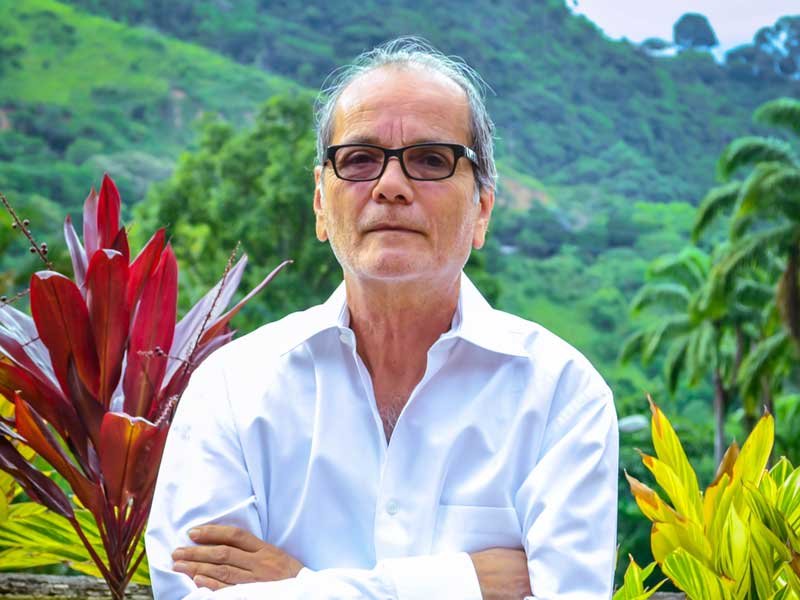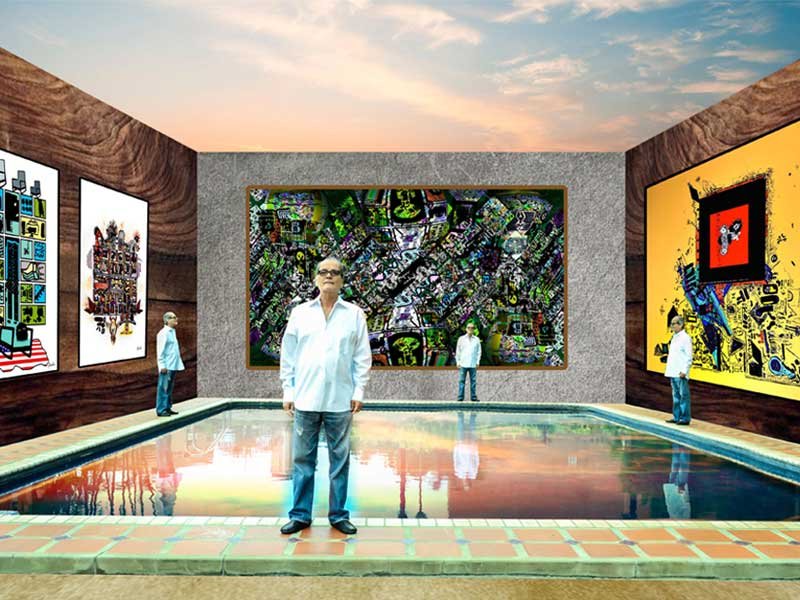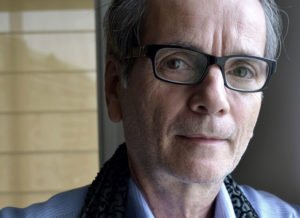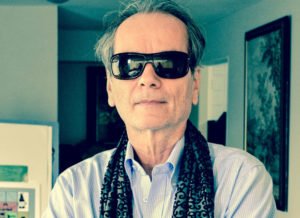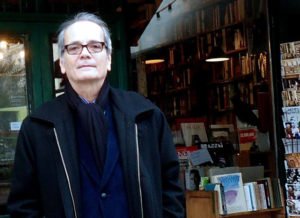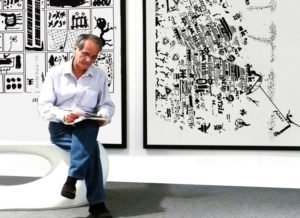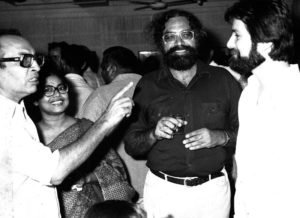Bartus Bartolomes was born in Venezuela. Upon finishing his secondary education, he traveled to Europe and settled in Paris. In 1969 he wrote the manifesto of “Kitsch Art”, promoting street artistic experimentalism, which he summarized in the books “Lumpen-Visive”; “Flipper Posthume”; “Azure Night Cup”; “Erotogramas and Chacharas”, fragmentarily published.
In the early seventies, he lived in San Francisco, California and started his iconographic investigations of the new handwriting and symbolic proposals combining “Haiku” and “Visive art”.
In the late seventies and early eighties he was involved in several events, carried out in Italy and other European countries, organized by the group “Zeta International”, promoters of “New Visuality” or “Visive Poetry”, together with Carlo Marcello Conti, Lamberto Pignotto, Adriano Spatola, Gerard Jaschke, Eugenio Miccini, Luciana Arbizzani, T. Blittersdorf, Graziella Borghesi, Erio Sughi, among many others.
In the mid-eighties, he lived in India and China, where he participated in various exhibitions. In New Delhi, the “Dhoomi Mall Gallery”, gave him the opportunity to show his work and to interact and form liaisons with the exponents of the vanguard neo-symbolist, informalist and neo-tantric movements of that country. Among them are names that are now reference of contemporary art from India, such as Swaminathan, Satish Gujurat, Santosh, Francis Souza, Paramith Singh etc., etc.
During this period he was warmly welcomed by critics and the international press in India and began his experimentations in “object-painting”, adding sequins and textile to his artistic research. Subsequently, he studied calligraphy in Beijing, China and \’Bantu\’ art, in Libreville, Gabon, Central Africa.
In the early nineties he returned to his country where he attempted to develop some graphic art research and took part in a project to edit a ”Visive-Poetry” magazine called “Nadja”, along with some other writers. The group disbanded prematurely because of dissimilar and divergent political and cultural concepts.
Bartus returned to Europe in the mid-nineties and started his project on “Global Rights” to water, in an effort to motivate the \’International Community” to create large \’Caves of Drinking Water\’ to assuage the droughts of 65 countries which were suffering from seasonal shortage of fresh water due to the incompliance, by almost all governments, to “International Agreements” on the subject of “Sustainable Development”, such as the “Kyoto Treaty”.
He currently alternates living in Rio, Paris, New York and Caracas, dedicated to painting, sculpture, video, mix media and editing his books. He has promoted in New York, Miami, Paris, Venice several aesthetic manifestations, like: “Khromatone” ; “B2art” ‘Dancing Trees’ ‘Nest-Gen’, ‘Art Water project’, ‘Transgenetic Seeds Art Project’, Brooklyn Bridge Art Project.

